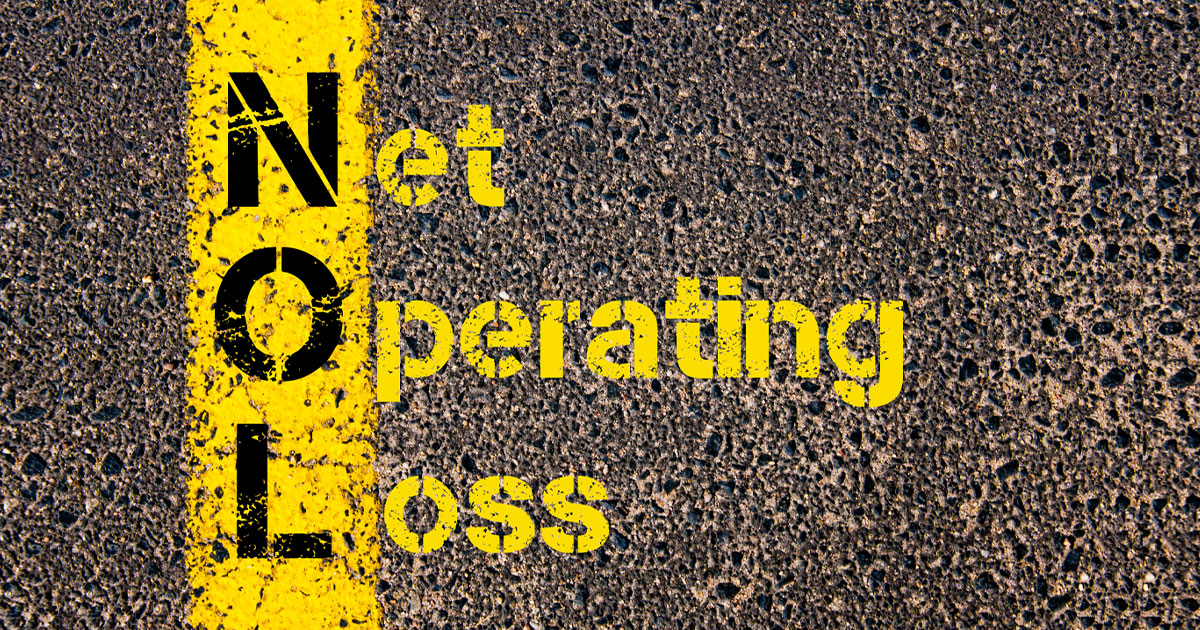Taxes
Renowned CPA Fails to Prove NOLs
The Tax Court denied net operating loss carryforwards for a CPA who operated several Fuddruckers restaurants.
Apr. 17, 2023

If a business incurs a substantial loss in the current year, it may be able to offset subsequent tax liability by carrying forward a net operating loss (NOL). However, as shown in a new case, Amos, TC Memo 2022-109, 11/10/22, even a highly successful CPA may fail to properly substantiate the claims.
Background: Prior to the Tax Cuts and Jobs Act (TCJA), a business could carry back an NOL for two years and then forward for up to 20 years. In other words, the NOL could first offset tax liability for a prior year. Alternatively, if it suited its purposes, the business could elect to forego the carryback.
An NOL claimed by a C corporation may only be used to offset its business income. However, owners of pass-through entities—such as partnerships and S corporations—and self-employed individuals can use NOLs to offset non-business income on their personal tax returns.
The TCJA imposed three key restrictions for NOLs beginning after 2017.
- No carrybacks: The TCJA repealed the two-year carryback period (except for certain farms and insurance companies). On the other hand, NOLs can now be carried forward indefinitely.
- 80% limit: For the first time, the TCJA created a limit for NOLs based on 80% of the company’s taxable income (determined without respect to the NOL). Carryforwards are adjusted to take the 80% limit into account.
- Threshold for non-corporate taxpayers: For 2018 through 2025, the TCJA limits losses of non-corporate taxpayers that may be used to offset non-business income to $250,000 for single filers and $500,000 for joint filers. For S corporation owners and partners in partnerships, these limits are taken into account at the individual level. Any excess is carried forward as an NOL (subject to the 80% limit).
Note that the Coronavirus Aid, Relief, and Economic Security (CARES) Act provided some temporary relief from the TCJA changes. But those tax breaks have expired.
Facts of the new case: A well-known CPA operated 15 Fuddruckers restaurants from 1983 through 2011. She mainly ran the franchises through partnerships and S corporations. In the late-1990s, the CPA ran into legal trouble with her business partner, NFL Hall of Famer Nick Buoniconti. Subsequently, she closed all the Fuddruckers by 2011.
After claiming millions in losses in prior years, the CPA used an NOL carryforward deduction of $4.2 million in 2014. She asserted that the carryforwards were from losses incurred before 2012 and made a similar claim for 2015. The IRS issued a notice of deficiencies and assessed penalties.
Crux of the matter: A taxpayer claiming an NOL bears the burden of establishing both the existence of the NOL and the amount that may be carried over to the year in question. But they can’t rely solely on their own income tax returns to establish the losses.
In this case, the CPA had to show that losses were incurred in 1999 and 2000 and that the NOLs weren’t utilized in previous years. Although she could produce her 1999 tax returns showing the NOLs, she couldn’t provide the underlying records substantiating what she had reported.
Thus, the CPA failed to meet her burden of proof in this case. Accordingly, the Tax Court ruled in favor of the IRS.
